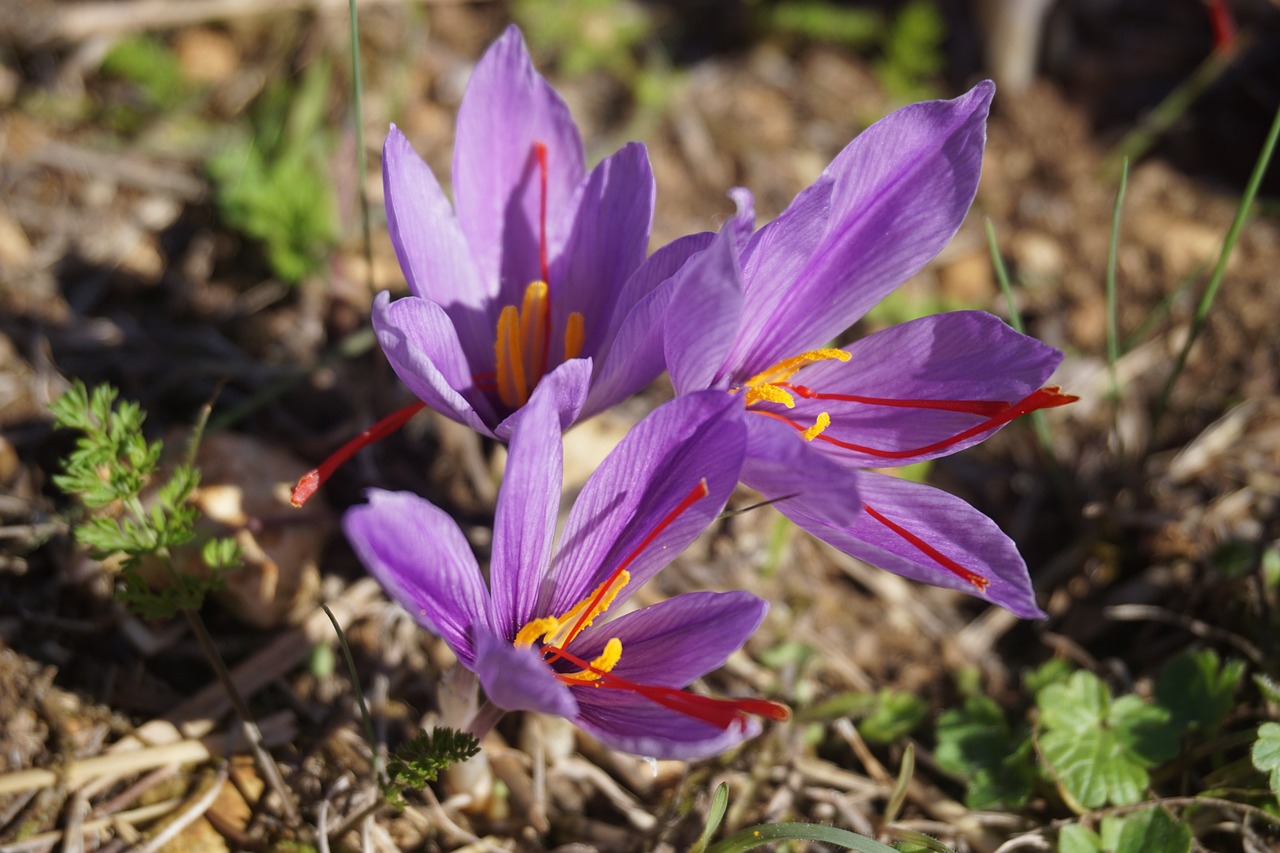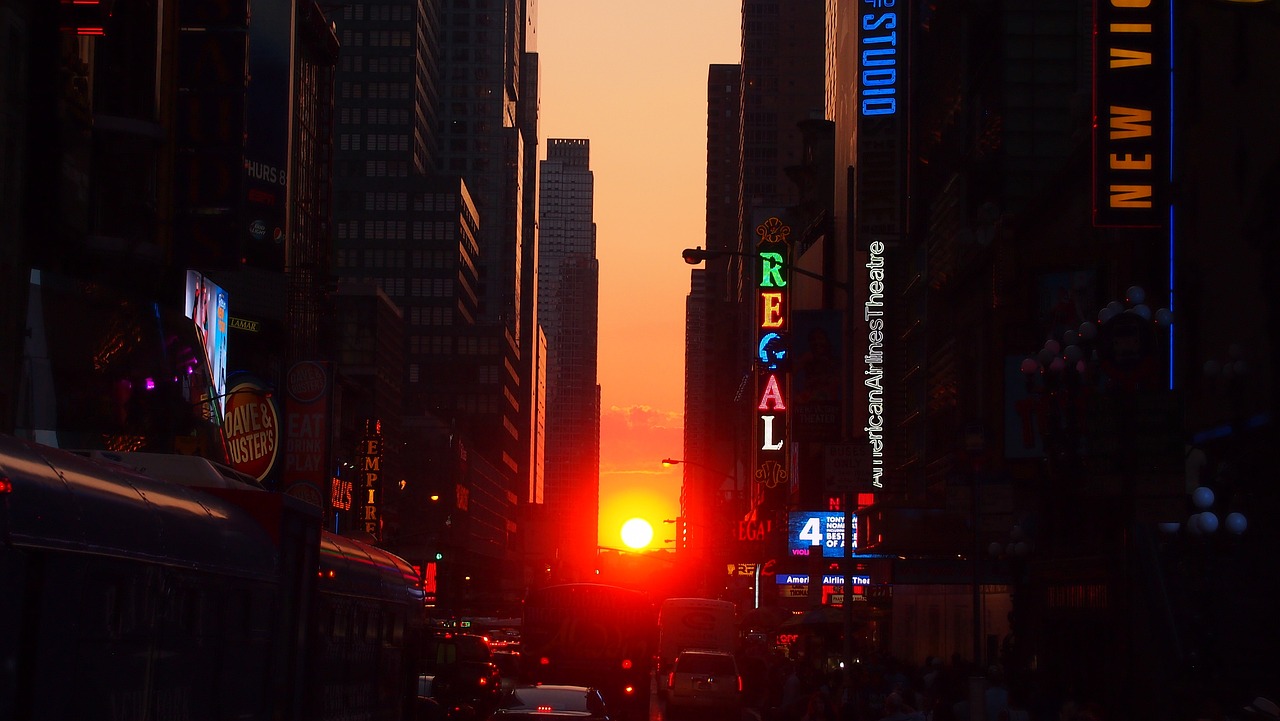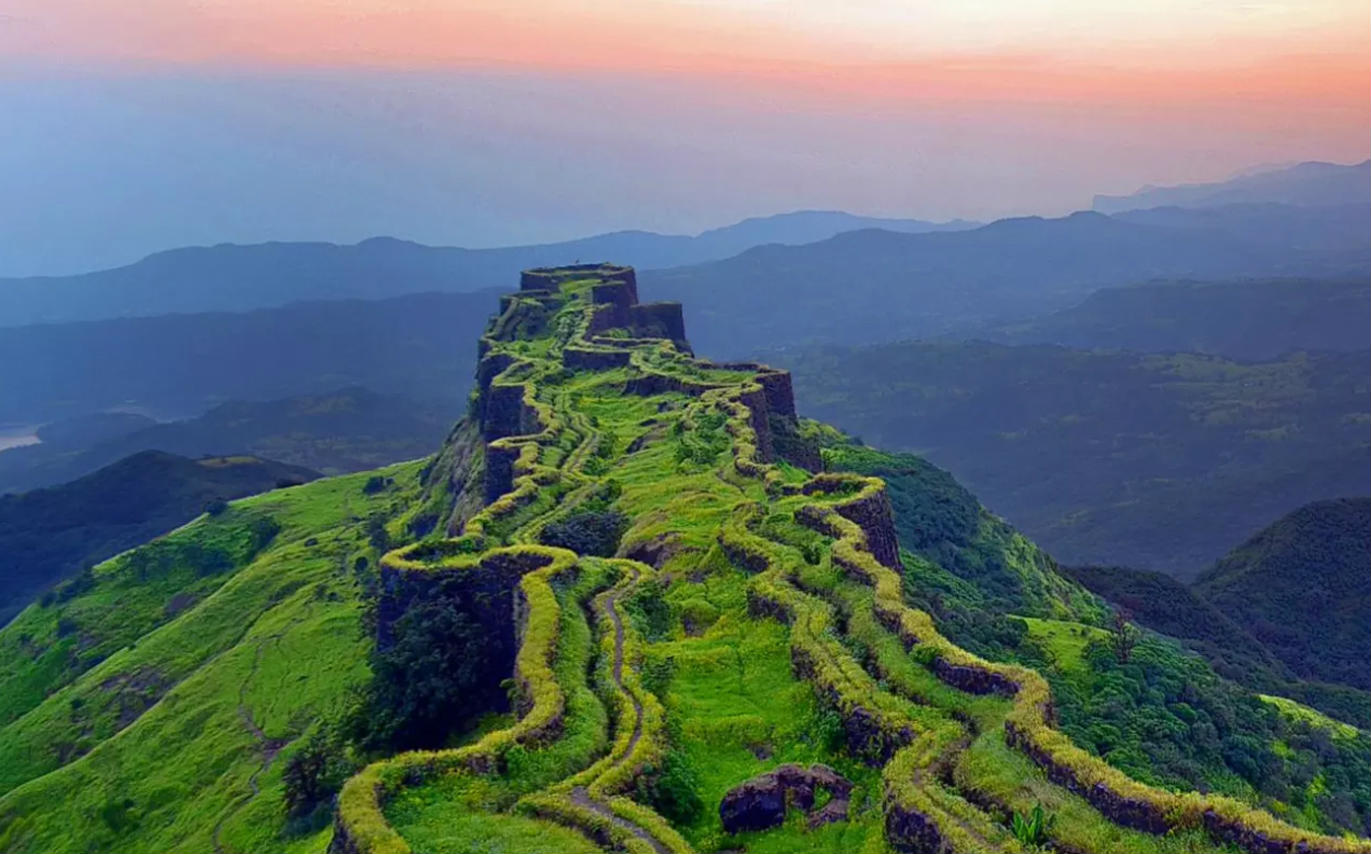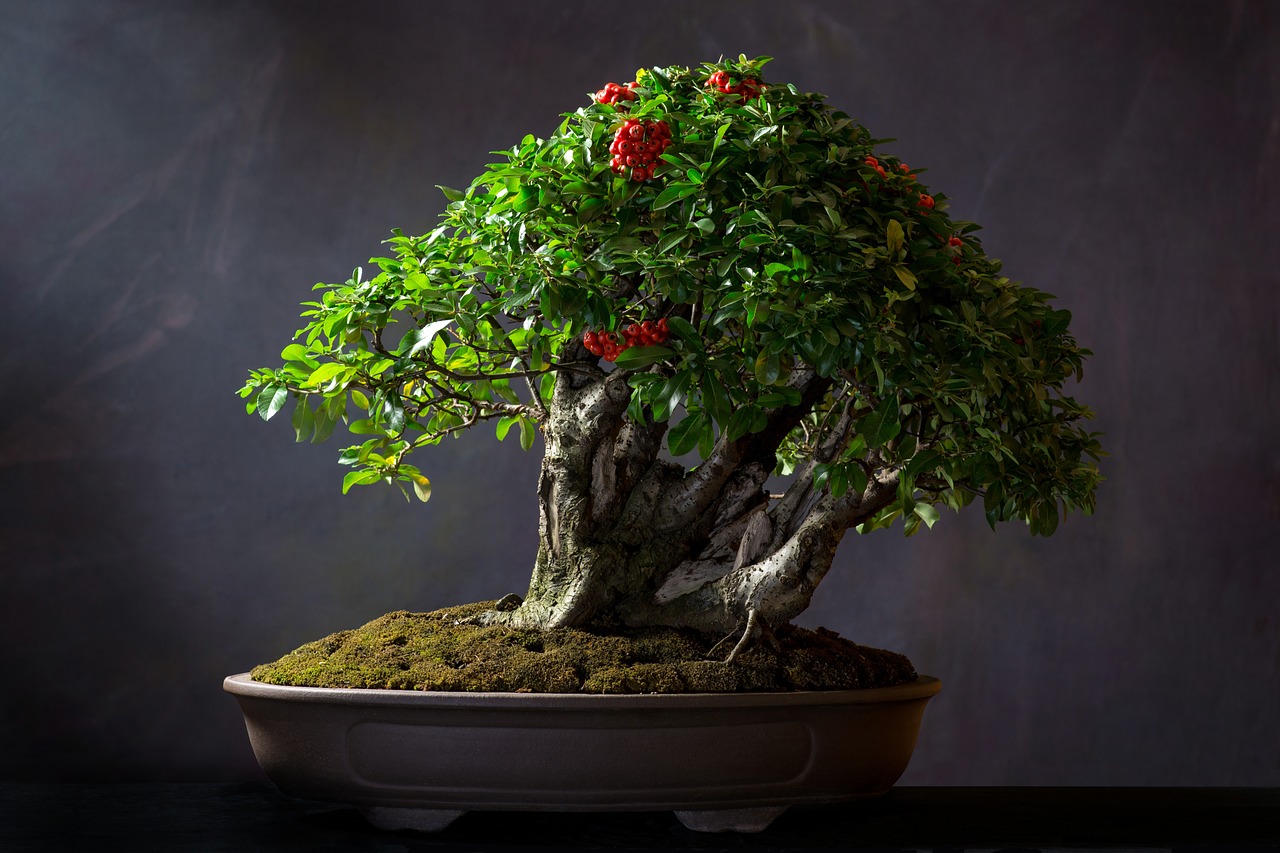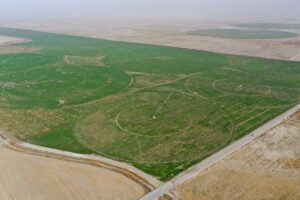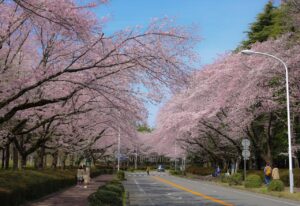 Pin
Pin Image by eltonjohn1973 from Pixabay
China isn’t just about the Great Wall, the Forbidden City, or giant pandas. Those are great, but what if you’re the kind of traveler who’s tired of the overhyped? There are corners of this massive country that barely show up in guidebooks—wild, untouched, almost surreal. If you’re craving something offbeat and unforgettable, these are the unique places to visit in China that will actually stay with you.
Some of these spots feel like you’ve dropped into another planet. Others hit you emotionally—maybe because of their insane natural beauty or strange, peaceful silence. Whether you’re a solo wanderer, a couple looking for strange romance, or someone chasing raw experiences, China delivers on all fronts. These places aren’t just Instagram-worthy. They’re memory-makers.
Table of Contents
1. Zhangye Danxia Landform – Gansu Province’s Painted Mountains
 Pin
Pin Zhangye Danxia Landform / Image by eltonjohn1973 from Pixabay
This place looks fake at first. Like someone splashed colors from a giant paintbrush straight onto the rocks. But it’s 100% real—and no filter can beat it. The Zhangye Danxia landform in Gansu is like China’s rainbow canyon, but without the crowds you’ll find at other national parks. It’s not just the colors. It’s the way the rocks stretch out into the horizon, layered in reds, oranges, yellows, and even purples.
You don’t just look at it from a platform and leave. There are hiking trails here that take you close to those wave-like ridges, and the sunset? It’s insane. Photographers camp out just to catch the golden hour glow melting into the stripes. And even if you don’t care about cameras, it hits something in you.
Best part? Not too many tourists. So if you’ve been craving that feeling of discovering something wild and untouched, this is it. Type next to get the next destination.
2. Tulou Clusters – Fujian’s Earth Castles
 Pin
Pin Tulou Clusters / Image from Trip Advisor
Hidden deep in the hills of Fujian province, the Tulou houses feel like stepping into a different era. They’re massive, circular fortresses made entirely out of rammed earth, built by the Hakka people centuries ago. From the outside, they look like alien spaceships made of clay. But walk through the wooden doors, and it opens up into a whole mini village with kitchens, rooms, wells, and sometimes even schools—all in one giant circle.
What’s wild is that people still live in them. You’ll hear kids playing, pots clanging in kitchens, elders sipping tea—life happens here, just like it did a hundred years ago. Each Tulou has its own vibe, stories, and history. Some have been standing for over 600 years and survived earthquakes, typhoons, and even wars.
If you’re into culture, architecture, and places with a real human soul, the Tulou are more than just buildings—they’re living, breathing pieces of China’s past. And yeah, they’re way more than just a quick photo op.
3. Jiuzhaigou Valley – The Fairyland of Sichuan
 Pin
Pin Jiuzhaigou Valley / Image from Pixabay
Jiuzhaigou isn’t just beautiful—it’s hypnotic. You step into this valley in Sichuan, and it feels like a dream you don’t want to wake up from. Crystal-clear lakes shimmer in shades of turquoise and jade, waterfalls cascade from moss-covered cliffs, and snow-capped peaks stand silent in the background. The water here is so clear, you can see fallen trees resting peacefully beneath the surface, like nature hit pause centuries ago.
Locals say the valley is sacred. It’s home to Tibetan villages where the pace of life is slower, the food is comforting, and the mountain air actually smells fresh. Each season brings its own magic—spring is soft and colorful, summer is green and wild, autumn explodes in fiery reds and oranges, and winter? It turns the whole place into a frozen wonderland.
It’s not just a park—it’s a reset button for your brain. If you’ve been feeling worn down or disconnected, Jiuzhaigou hits different. It quiets the noise.
4. The Rainbow Village of Guangxi – Longji Rice Terraces
 Pin
Pin Longji Rice Terraces / Image by Mercier Zeng from Pixabay
These aren’t your regular rice fields. The Longji Rice Terraces—also called the Dragon’s Backbone—are carved like waves into the mountains of Guangxi, stacked so precisely it’s like nature met an architect. What makes them extra special? The colors change with the seasons. In spring, they fill with water and reflect the sky. Summer turns them bright green. Come autumn, they glow golden yellow. And winter dusts them with snow, giving the whole valley a quiet, moody vibe.
But what really sticks with you here isn’t just the view—it’s the people. The Zhuang and Yao minority communities have lived here for centuries, planting, harvesting, and walking the narrow paths by foot. They’ll invite you in for home-cooked meals, offer tea, and share stories that haven’t made it into guidebooks.
The best part? You’ll need to hike to really see it all. It’s not easy, but that’s the beauty of it. You earn the view—and the stillness that comes with it.
5. The Ghost City of Fengdu – Chongqing’s Haunted Mountain
 Pin
Pin Photo by yangtze-river-cruises
If you’re into dark folklore and weird, creepy places, Fengdu Ghost City will get under your skin. Perched on the side of Ming Mountain near the Yangtze River, this isn’t your usual tourist stop. It’s a city for the dead—literally. Chinese mythology says this is where souls come after death to be judged. The temples, bridges, and statues scattered across the site all represent different trials that spirits have to pass through.
Some of it’s eerie, like the “Bridge of Helplessness,” where you’re tested just like the souls are supposed to be. Some of it’s just straight-up bizarre, like the demon-faced statues lining the paths or the King of Hell’s courtroom. It’s surreal, but also deeply rooted in Taoist and Buddhist beliefs about the afterlife.
Fengdu gives you that weird feeling—part curiosity, part chill down your spine. It’s not beautiful in the postcard sense, but it makes you think. And honestly? That’s rare in travel.
6. The Red Beach of Panjin – A Sea of Crimson in Liaoning
 Pin
Pin The Red Beach of Panjin / Photo source: tripzilla
This place looks like something out of a sci-fi film. The Red Beach in Panjin isn’t actually a beach—it’s a marshland, but the entire thing turns bright red every autumn because of a special plant called seepweed. When you stand on the boardwalks that stretch across it, it literally feels like you’re floating above a red ocean. And it’s not some tourist trap either—it’s a protected wetland, and home to rare birds like red-crowned cranes and black-beaked gulls.
What’s weird is that barely anyone outside of China knows about it. It only shows its full color between September and October, so you’ve got a small window to catch it. But when you do, it’s worth the timing.
There’s something strangely peaceful about it. No loud crowds. Just this silent, red expanse that stretches for miles and makes you stop scrolling in your head. It doesn’t ask for your attention. It just quietly takes it.
7. Yubeng Village – The Hidden Himalayan Gem in Yunnan
 Pin
Pin Yubeng Village / Photo source: easytourchina
Yubeng isn’t a place you stumble into—it’s a place you hike days to reach, and that’s what makes it magic. Tucked deep in the Meili Snow Mountains of Yunnan, this remote Tibetan village feels like it exists in a bubble. No roads go in. You get there by trekking through thick forests, crossing rivers, and climbing past waterfalls. And when you finally arrive, everything slows down.
The village sits between mountains so tall, they make you feel small in the best way. Locals live simply—farming, raising yaks, and sharing their homes with travelers. There’s no phone signal, no rush, no noise. Just snow peaks, prayer flags fluttering in the wind, and trails leading to sacred spots like the Ice Lake or the Sacred Waterfall.
It’s the kind of place that stays with you long after you leave—not because of flashy landmarks, but because of how it makes you feel. You don’t just visit Yubeng. You arrive, breathe, and reset.
8. Crescent Lake and Singing Sand Dunes – Dunhuang’s Desert Surprise
 Pin
Pin Crescent Lake and Singing Sand Dunes / Photo source: peapix
In the middle of the Gobi Desert, you suddenly spot a perfect crescent-shaped lake, glowing with life, surrounded by towering dunes. That’s Crescent Lake in Dunhuang, and no—it’s not a mirage. It’s been sitting there for over a thousand years, defying logic, sustained by underground springs and a bit of desert magic.
Climb the dunes, and you’ll hear them “sing.” The sand makes this low, vibrating hum as you slide down—like the desert is whispering to itself. Locals call them the “Singing Sand Dunes” for a reason, and it’s one of those sounds that feels ancient. The area used to be a stop on the Silk Road, so there’s history baked into the ground, too.
At night, it’s something else. The stars over the desert are unreal—so clear, so close, you feel like you can reach out. If you’re chasing places that make you feel like you’re on another planet but still deeply rooted in Earth’s past, this is it.
9. Enshi Grand Canyon – Hubei’s Lesser-Known Wonder
 Pin
Pin Enshi Grand Canyon / Photo source: Top China Travel
You’ve heard of the Grand Canyon in the U.S., but China has its own version—and hardly anyone talks about it. The Enshi Grand Canyon in Hubei is wild, vertical, and absolutely massive. Towering limestone cliffs, sky bridges made of rock, deep green valleys, and narrow walkways carved into cliff edges—it’s raw nature at full volume. And the crazy part? You can hike right through it.
The air feels different here. Clean, sharp, and quiet. You walk between towering walls of stone that almost feel alive, especially when the fog rolls in and everything turns misty and surreal. Some trails are a challenge, but it’s the kind of effort that makes your heart race—in a good way.
What makes Enshi stand out is how untouched it feels. There’s no chaos. Just cliffs, forests, and the occasional shout of a waterfall. It’s one of those unique places to visit in China that gives you the thrill of discovery—without needing a passport stamp from everyone else.
10. Shaxi Ancient Town – Yunnan’s Forgotten Trade Stop
 Pin
Pin Image by Lovethefish_cat from Pixabay
Shaxi isn’t trying to impress you, and that’s why it does. This old town in Yunnan used to be a key stop on the ancient Tea Horse Road, where traders carried tea, salt, and horses between Tibet and Southeast Asia. But now? It’s quiet, slow, and incredibly real. No giant tour groups, no theme park vibes—just cobbled streets, wooden houses, and old locals who’ve seen the world change and stayed the same.
What hits hardest is the pace. You can sit in the courtyard of a 400-year-old tea house, sipping pu-erh tea brewed the same way it’s been for centuries, and hear nothing but wind and the occasional bell of a passing cow. There’s a beautiful old theater in the town square, temples tucked into side streets, and a river that glides through like it’s in no rush.
Shaxi doesn’t try to sell itself. It just exists, quietly. And if you’re the kind of traveler who values vibe over bucket lists, this place will wrap itself around you.
Conclusion
China is far more than what you’ve seen in postcards or Instagram feeds. Its true beauty lies in the hidden gems, the lesser-known places where you can actually feel the pulse of its culture and nature. From the surreal Rainbow Beach of Panjin to the peaceful mountains of Yubeng, every one of these unique places to visit in China offers something extraordinary. Whether you’re chasing beauty, culture, history, or solitude, China’s vastness means there’s always a secret corner waiting to be explored.
So, the next time you find yourself planning a trip to China, forget the usual tourist routes. Go beyond the Great Wall and into these unforgettable destinations. Trust me—your adventure will be much richer for it.
Take a deep breath, pack your bags, and let the adventure begin.
FAQs
For an off-the-beaten-path experience, consider places like Zhangye Danxia’s colorful rock formations, the tranquil Yubeng Village, or the haunting Fengdu Ghost City. These locations offer a quieter, more authentic side of China compared to the usual tourist spots.
The Tulou clusters are accessible by train or bus from Xiamen or Fuzhou. Once you’re in Fujian, you can take a local taxi or join a guided tour to explore the ancient earth buildings. Be sure to check the best visiting seasons for fewer crowds and better weather.
The best time to visit Jiuzhaigou is during the autumn months (September to November) when the valley transforms into a colorful paradise. Summer also offers a lush, green experience, but expect more tourists.
Yes, the Singing Sand Dunes are easily accessible from the city of Dunhuang. You can take a short taxi ride to the dunes from the city center. The area is well-connected and has services like camel rides to enhance your experience.
To truly experience Shaxi, spend a few days in this quiet town, walking its cobblestone streets, visiting local temples, and enjoying traditional tea. You can also take a leisurely bike ride around the town to soak in its peaceful atmosphere. It’s best to visit during the spring or autumn for ideal weather conditions.

